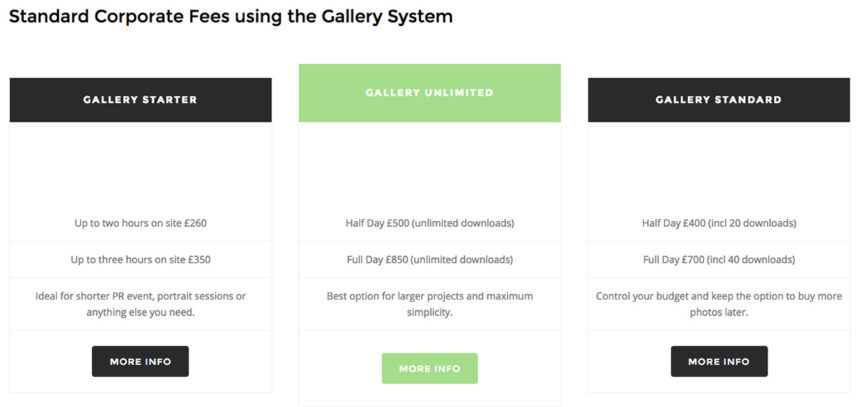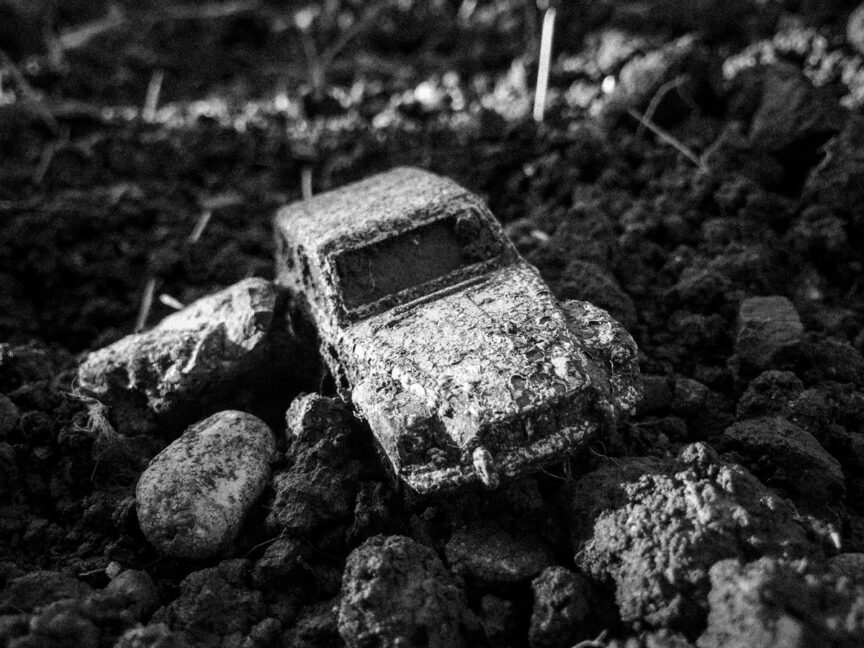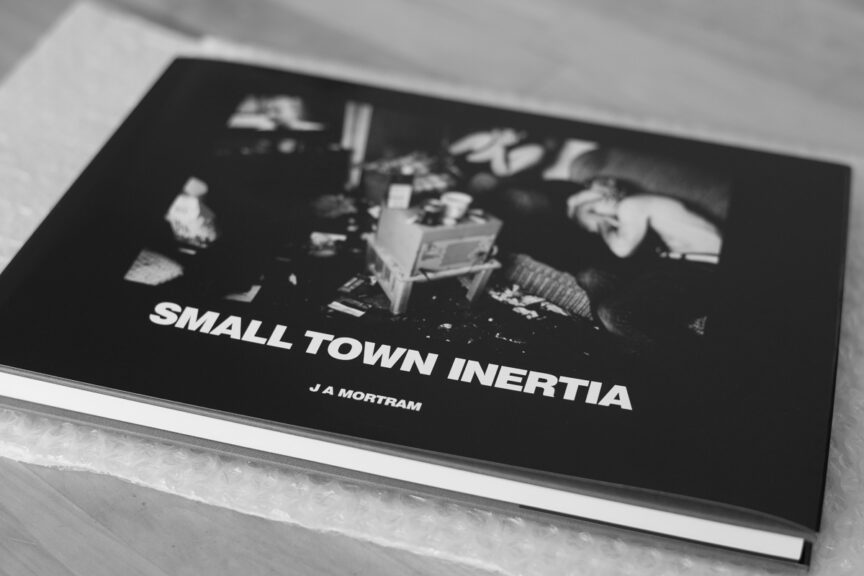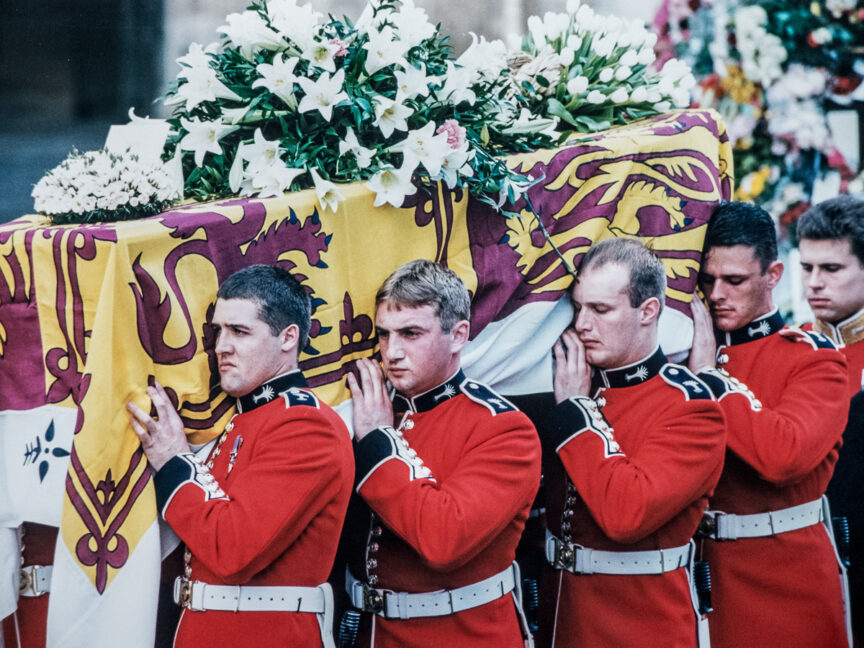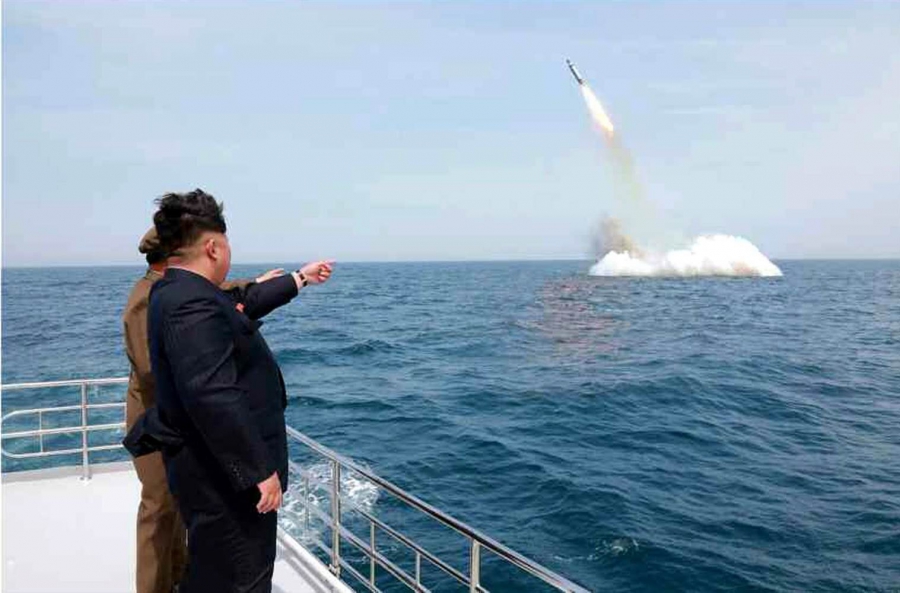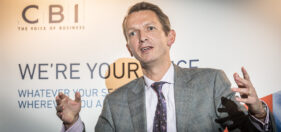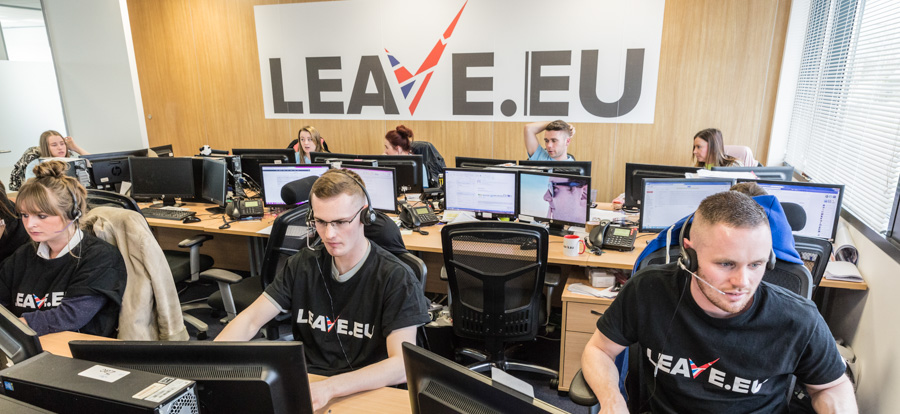I’d hoped to be writing about something else this week, but events…
Yesterday’s news will be written up as the worst terrorist attack to befall London since the July 7th bombings of 2005 and understandably it’s an event which is saturating our news channels and of course our social media feeds too. I learned of the attack on Twitter.
Twitter is also where Reuters published the incredible and upsetting photos taken by their photographer Toby Melville who just happened to be under Westminster bridge when the attacker ran his car into pedestrians before attacking and killing PC Keith Palmer.
I’m not going to re-publish the pictures here not because I believe they should be censored, but because I just don’t have the right to use them You can see some of them and read Toby’s account of what he witnessed here, though be warned they are stark.
What struck me as I started to see reaction to Toby’s photos on Twitter was how quickly people rushed to judge him for taking the photos, many believing he should have done more to help the victims. Well it’s easy to judge from the safety of a Twitter account, the comfort of a chair and without the chaos of a breaking news story physically surrounding you. As far as I can see, Toby did what he is professionally trained to do and once he’d called in the emergency services (as many others would have simultaneously done) he got to doing what he (professionally speaking) does best.
While others were already attending the victims and paramedics were starting to arrive, Toby recorded, as any professional newsgatherer should, what he witnessed. That he kept calm enough to compose and take photos that far surpassed any fuzzy phone photos taken by the public is testament to the difference between a trained news gatherer and a member of the public armed with a phone. If anyone had the required legitimacy to use a camera at this terrible scene, it was Toby. And if nobody had taken any images at all, well that would be incredibly peculiar and a failure to record a historical, if tragic, event.
But gathering the images is just the first part. Having filed them the next step was up to Reuters staff to edit and disseminate the images and one in particular raised strong criticism on social media. It showed the bleeding face of a woman who was clearly badly injured while a fellow pedestrian attended her. I notice in their write-up of Toby’s account they’ve omitted that particular photo.
The Editors’ Codebook suggests this particular image, by which I mean the publishing of it rather than the taking of it, could be in breach of the code of practice, but I italicise that because the code doesn’t exclude the coverage of such scenes and it would require some thoughtful consideration (not hot-headed social media condemnation) to decide if it was in breach of the code.
Going back to Toby’s part in this, we have to decide as a society what we’re willing to censor and we have to be cautious of condemning the professional photographer for being witness on our behalf. It is not the job of the photographer to decide what is too unpleasant to be photographed, but it is the job of the editor to only publish what is publishable.
We must also avoid hypocrisy; we might not like seeing pictures of dead people from conflicts and tragedies in other countries, or even in other times, but I see nothing like the same level of criticism when they’re posted online as when similar photos are shot and published showing tragedies so much closer to home.
My advice to Toby’s critics would be that they should do more to understand the role of the professional photojournalist and to take pause before jumping in to condemn those who bear witness on behalf of us all. If an incident such as this happens when a properly trained photojournalist happens to be on the spot, we should be grateful that bad news is covered properly and neither outlawed or suppressed by a mis-guided belief that our sensibilities should trump the truth except when the victims are on another continent.

